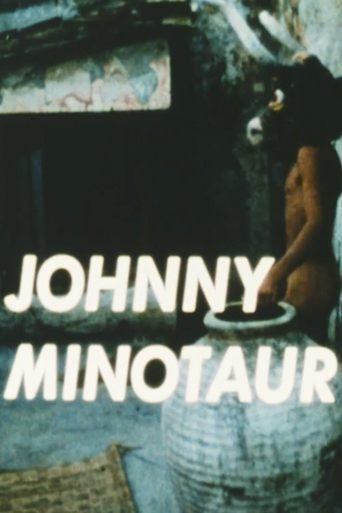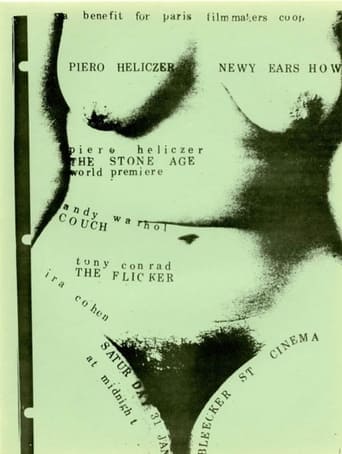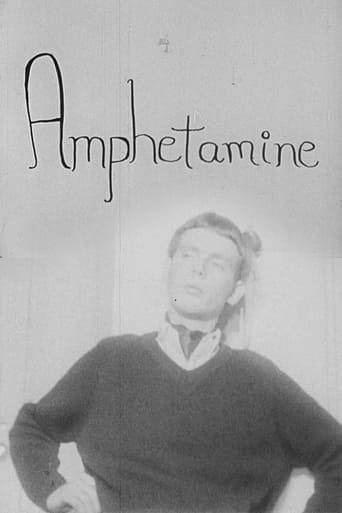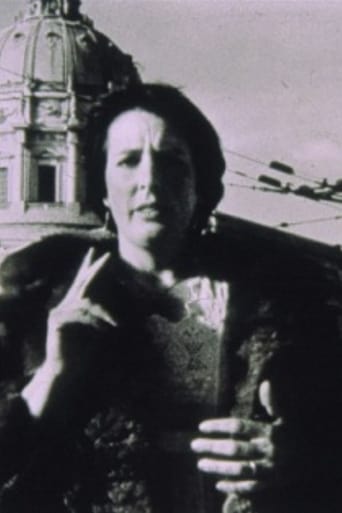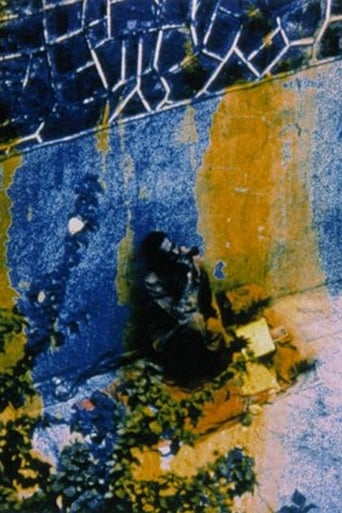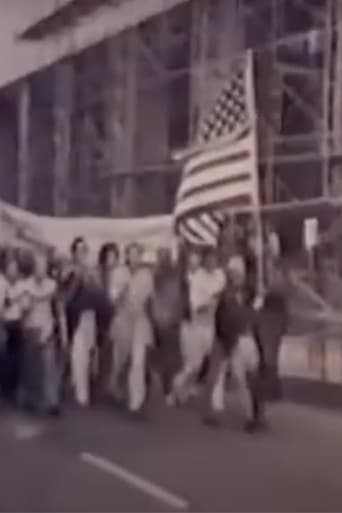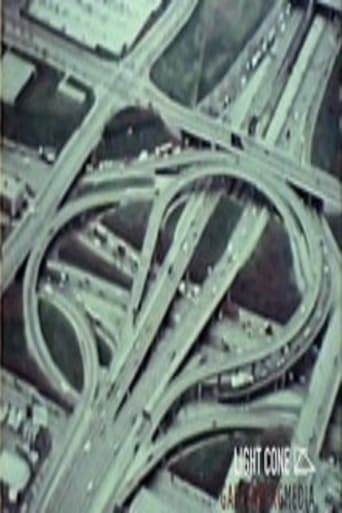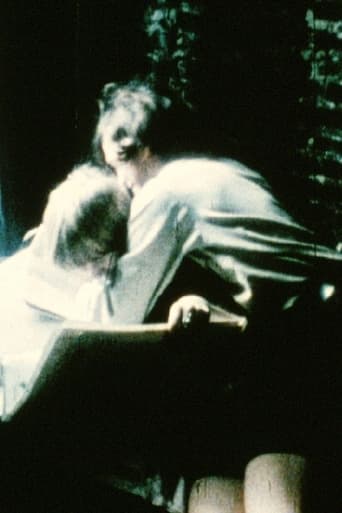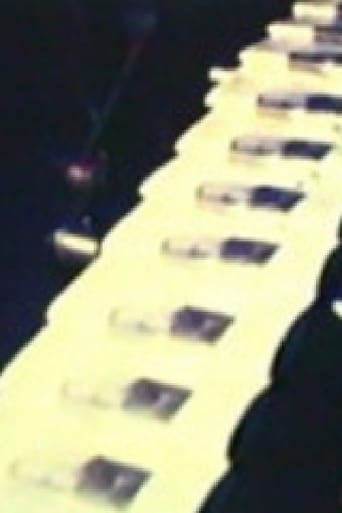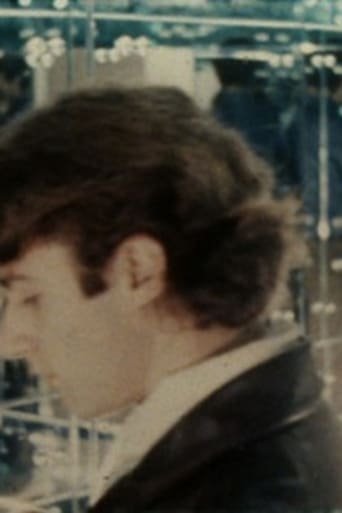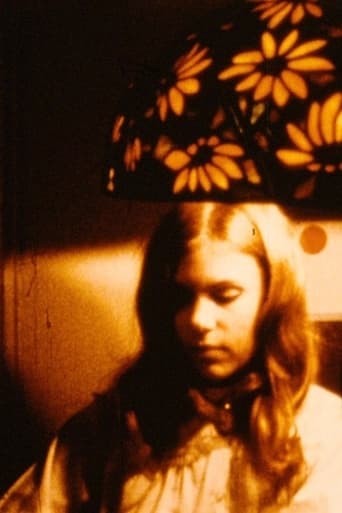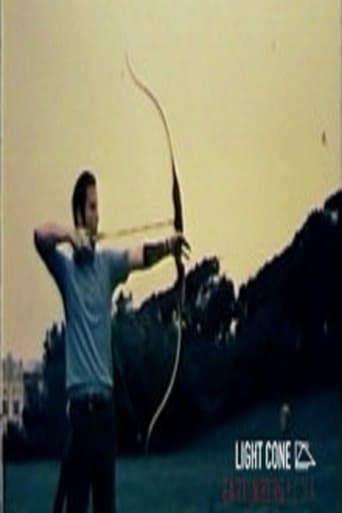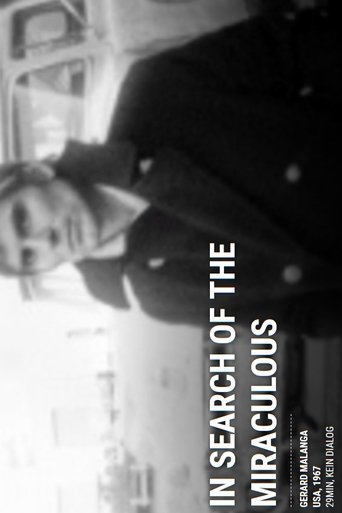1992 37 min 2 vues
Sonbert was also a noted opera critic, and he frequently theorized about the relationship of film to other art forms, in particular, music. He analogized the notes, chords, and tone clusters of music to the progression of shots in film. The shot was the building block upon which Sonbert created the musical rhythms of his films. Sonbert published excerpts from his feature-film screenplay adaptation of Strauss' Capriccio, his favorite opera, in 1986. Short Fuse, completed six years later, can be seen as a return to Capriccio's themes, including 'Nazism and eroticism, beauty and force, detail and structure.' (William Graves) Underscoring a question raised by Capriccio--whether in opera the music or the libretto takes priority--Short Fuse is replete with a soundtrack that counterpoints the film's visuals, prompting the viewer to ask whether the music or the imagery predominates. -- Jon Gartenberg
